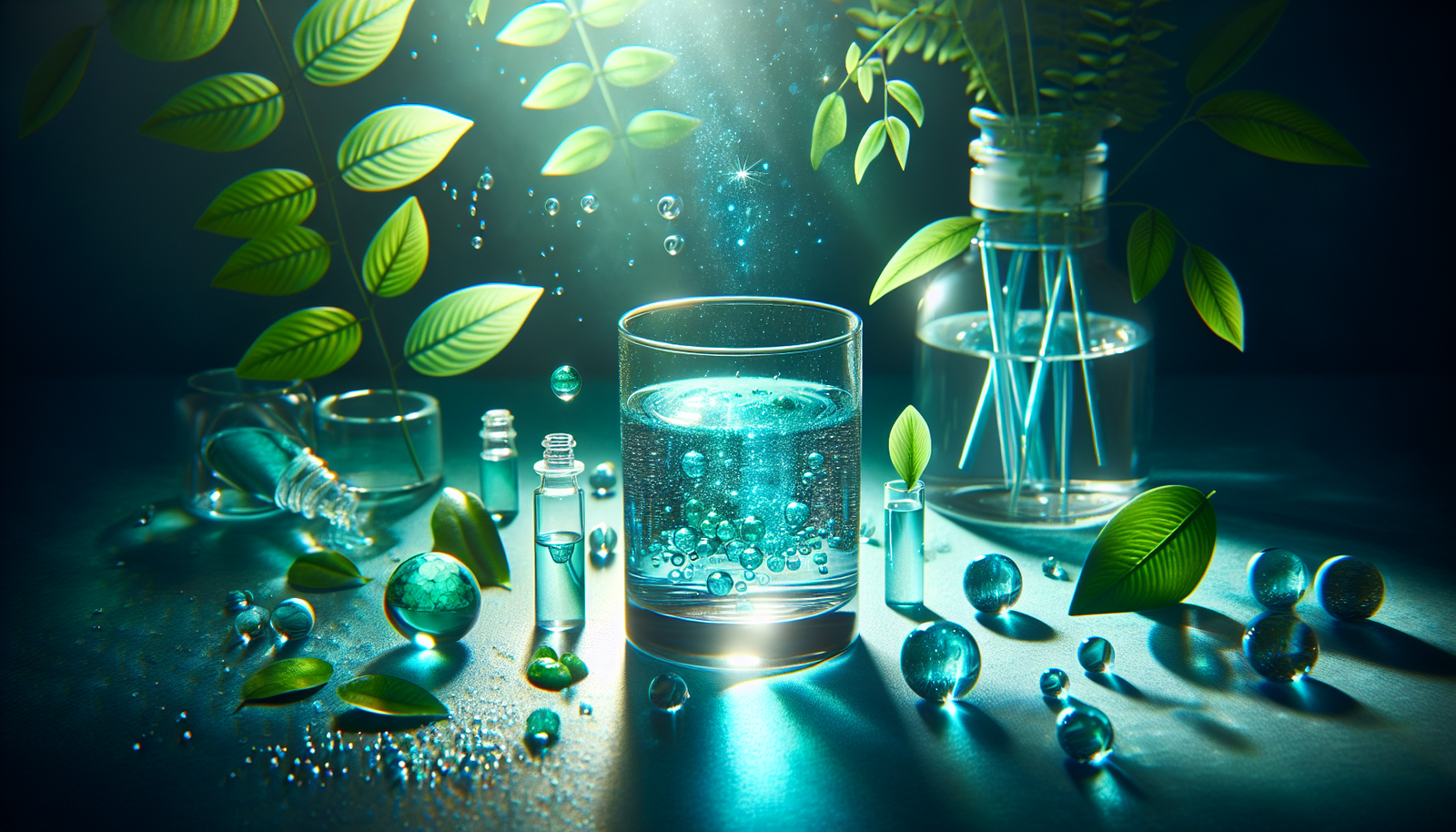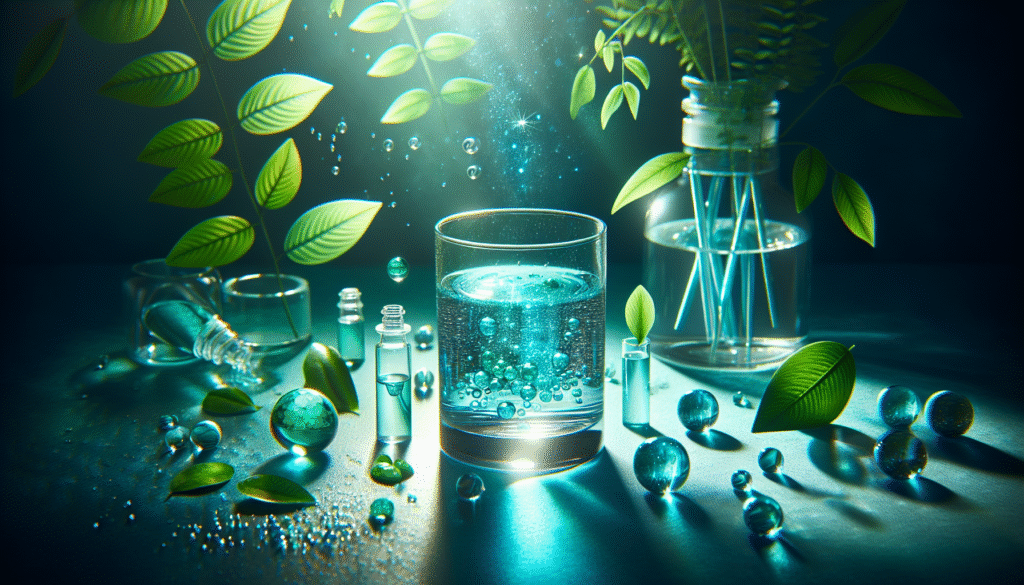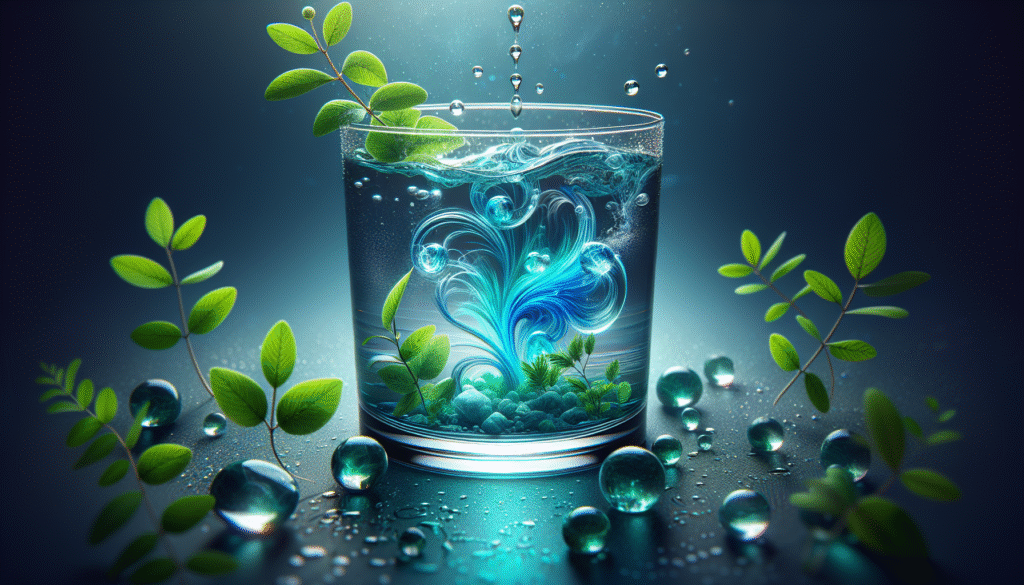
Are you aware of the various applications of methylene blue beyond its traditional uses? In recent years, methylene blue has garnered attention for its potential in water purification, a vital concern for both public health and environmental sustainability. This article will provide you with an in-depth exploration of how to effectively use methylene blue for water purification processes, covering its properties, mechanisms, and best practices.

Understanding Methylene Blue
Methylene blue, a synthetic dye, is widely recognized for its vivid blue color and diverse applications. Initially utilized in the medical field for treating methemoglobinemia, it has found its way into laboratories and industries for various purposes. However, its increasing popularity in water treatment merits closer examination.
Chemical Properties
Methylene blue is a thiazine dye that has antifungal and antibacterial properties. The chemical formula is C16H18ClN3S, and it is soluble in water. Its ability to absorb wavelengths of light makes it suitable for various applications, including photodynamic therapy and as an indicator in redox reactions.
Mechanisms of Action
When applied to water treatment, methylene blue mainly functions as an adsorbent and a redox agent. This means it can bind to contaminants in the water, making them easier to remove. In addition, it can promote the degradation of organic pollutants when exposed to sunlight, facilitating a natural purification process.
The Importance of Water Purification
Understanding water purification is crucial in today’s context, where the availability of clean water is increasingly threatened by pollution, industrial waste, and climate change. Contaminated water poses serious health risks, leading to diseases like cholera, dysentery, and other gastrointestinal illnesses. Thus, the use of effective purification methods is paramount.
Challenges in Water Quality
Water sources are often plagued by various contaminants, including heavy metals, bacteria, and organic compounds. Traditional methods of purification, such as chlorination and filtration, can often fall short in eliminating all harmful substances. This is where innovative solutions like methylene blue come into play.
Role of Innovative Solutions
Innovations in water purification methods have become essential. Chemical agents like methylene blue can offer unique advantages over traditional techniques. They can enhance filtration systems by targeting specific contaminants more effectively, leading to superior water quality.
Preparation and Dosage of Methylene Blue
Before utilizing methylene blue for water purification, it is essential to understand how to prepare it correctly and what dosage to use. Incorrect usage can lead to either ineffectiveness or further pollution.
Dilution Guidelines
The recommended concentration for methylene blue in water purification varies based on the specific contaminants present. Generally, a concentration of 0.5 to 1 milligram per liter is suitable for most applications. When diluting, always follow precise guidelines to ensure safety.
- Prepare a stock solution by dissolving methylene blue in distilled water.
- Dilute this stock solution to the desired concentration based on the contaminants you are targeting.
Application Methods
You may utilize methylene blue in various ways depending on the context of your water purification needs:
- Direct Addition: For small-scale purifications, you can add the diluted solution directly to the water.
- Adsorption: Methylene blue can be adsorbed onto activated charcoal or other adsorbents to enhance efficacy.
Practical Application of Methylene Blue in Water Purification
Applying methylene blue effectively requires a solid approach. You should adopt suitable techniques and adhere to safety guidelines to optimize results.
Step-by-Step Process
- Assess Water Quality: Analyze the water to determine the types and concentrations of contaminants.
- Prepare Methylene Blue Solution: Create the appropriate dilution based on your analysis.
- Add to Water Source: Introduce the solution into the contaminated water, ensuring even distribution.
- Allow Reaction Time: Let the solution react with contaminants for a minimum of 30 minutes.
- Filter the Water: Use a filtration system to remove any settled chlorinated compounds and residual methylene blue.
- Test Purification Efficiency: Post-treatment testing is vital to ensure that contaminant levels are safe for consumption.
Safety Considerations
Although methylene blue is a useful agent for purification, it is essential to adhere to safety precautions:
- Always wear gloves and goggles when handling the substance.
- Work in a well-ventilated area to avoid inhalation of particles.
- Properly dispose of any unused or excess methylene blue.

Efficacy Against Common Contaminants
Understanding the effectiveness of methylene blue against specific contaminants can help you tailor your approach based on your water source.
Bacteria and Viruses
Methylene blue demonstrates antimicrobial properties, making it effective against certain bacteria and viruses. When introduced into water, it disrupts the cellular integrity of these microorganisms, leading to cell death.
Organic Compounds
For organic pollutants, methylene blue helps in the oxidative breakdown when exposed to light. This is particularly beneficial in degrading dyes and other harmful organic substances without generating secondary pollutants.
Heavy Metals
Though methylene blue is primarily known for its effectiveness against organic contaminants, it can bind to some heavy metals. However, additional methods may be necessary for comprehensive removal, particularly for highly toxic metals like lead or arsenic.
Limitations of Methylene Blue in Water Purification
While methylene blue offers several advantages, it is crucial to recognize its limitations. Understanding what it does not achieve is as valuable as recognizing its capabilities.
Effect on Water Taste and Color
One of the significant downsides of using methylene blue for water purification is its potential to alter the water’s taste and color, making it less palatable. Excessive use can result in visually unappealing water, which might deter consumption even if it is safe.
Incomplete Removal of Contaminants
Methylene blue is effective against a range of contaminants, but it may not completely eliminate all harmful substances. Particularly for water containing high levels of heavy metals, additional filtration or treatment methods may be necessary to achieve desired purity levels.
Case Studies and Research Insights
To bolster your understanding of methylene blue in water purification, it may be helpful to examine case studies and research findings that demonstrate its effectiveness in real-world scenarios.
Academic Research Findings
Recent studies have highlighted the successful use of methylene blue in various contexts, revealing promising results in reducing microbial contamination in laboratory settings and small community water supplies.
- Study on Bacterial Reduction: A significant reduction in coliform bacteria levels was observed in water samples treated with methylene blue at concentrations of 0.5 mg/L over a week.
- Organic Pollutant Degradation: Research indicated that exposure to UV light in conjunction with methylene blue significantly degraded common industrial dyes.
Real-World Applications
In regions grappling with water scarcity and contamination issues, some communities have successfully implemented methylene blue as part of their water treatment protocols. The combination of traditional filtration with methylene blue has yielded improved health outcomes and increased access to clean water.
Best Practices for Using Methylene Blue in Water Purification
To maximize the benefits of methylene blue in water purification, consider the following best practices:
Regular Testing and Monitoring
Consistent water quality testing is necessary to determine the effectiveness of methylene blue and to adapt treatment processes according to changing contaminant levels.
Tailored Approaches
Evaluate the specific context of your water source and contaminants present. Customize your methylene blue treatment approach by adjusting dosages, application methods, and whether to combine it with other purification techniques.
Educating Stakeholders
If you are implementing these methods in a community setting, ensure that stakeholders are informed about the benefits and limitations of using methylene blue. Education can foster more significant community involvement in water safety protocols.
Conclusion
Methylene blue represents a promising agent in the ongoing battle for clean, safe water. Its ability to target specific contaminants while remaining affordable and accessible is invaluable as municipalities and individuals strive to address growing water crises. Understanding its properties, applications, and limitations will empower you to make informed decisions about incorporating methylene blue into your water purification efforts.
As you consider implementing methylene blue in your practices, be mindful of safety, dosage, and complementary techniques to ensure optimal results. Ultimately, the effectiveness of any water purification method hinges on a comprehensive understanding of the science, an appreciation of the challenges, and a commitment to health and sustainability.